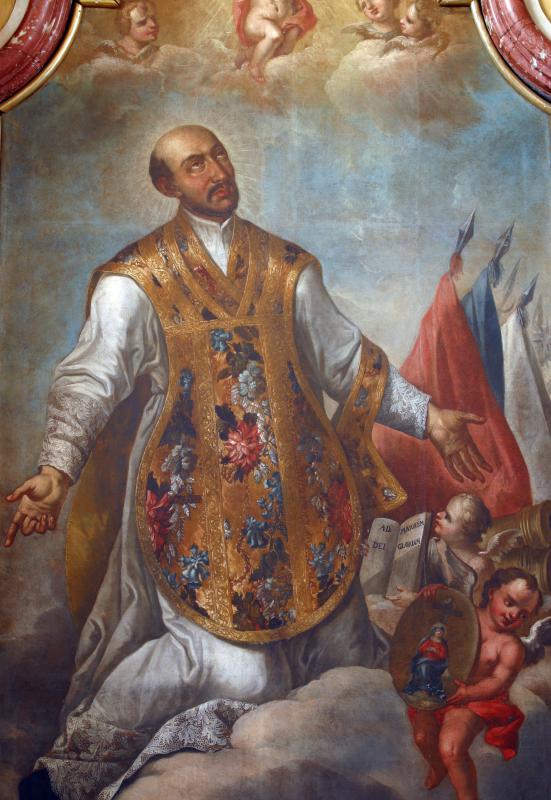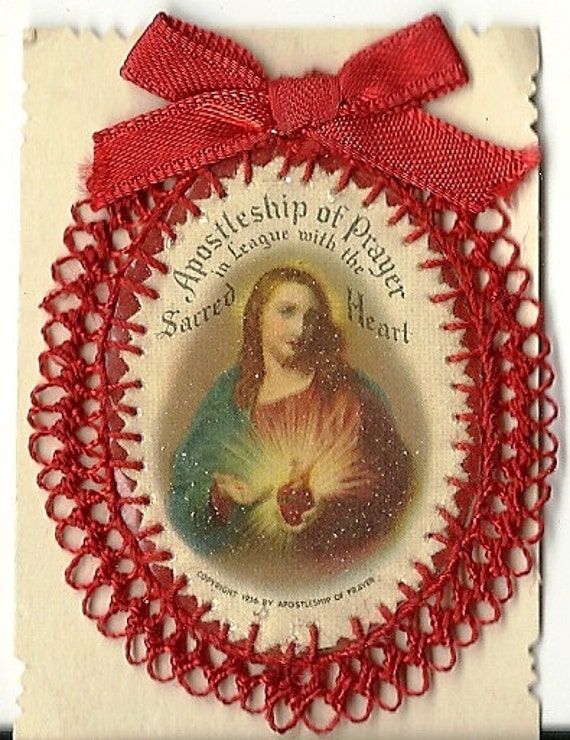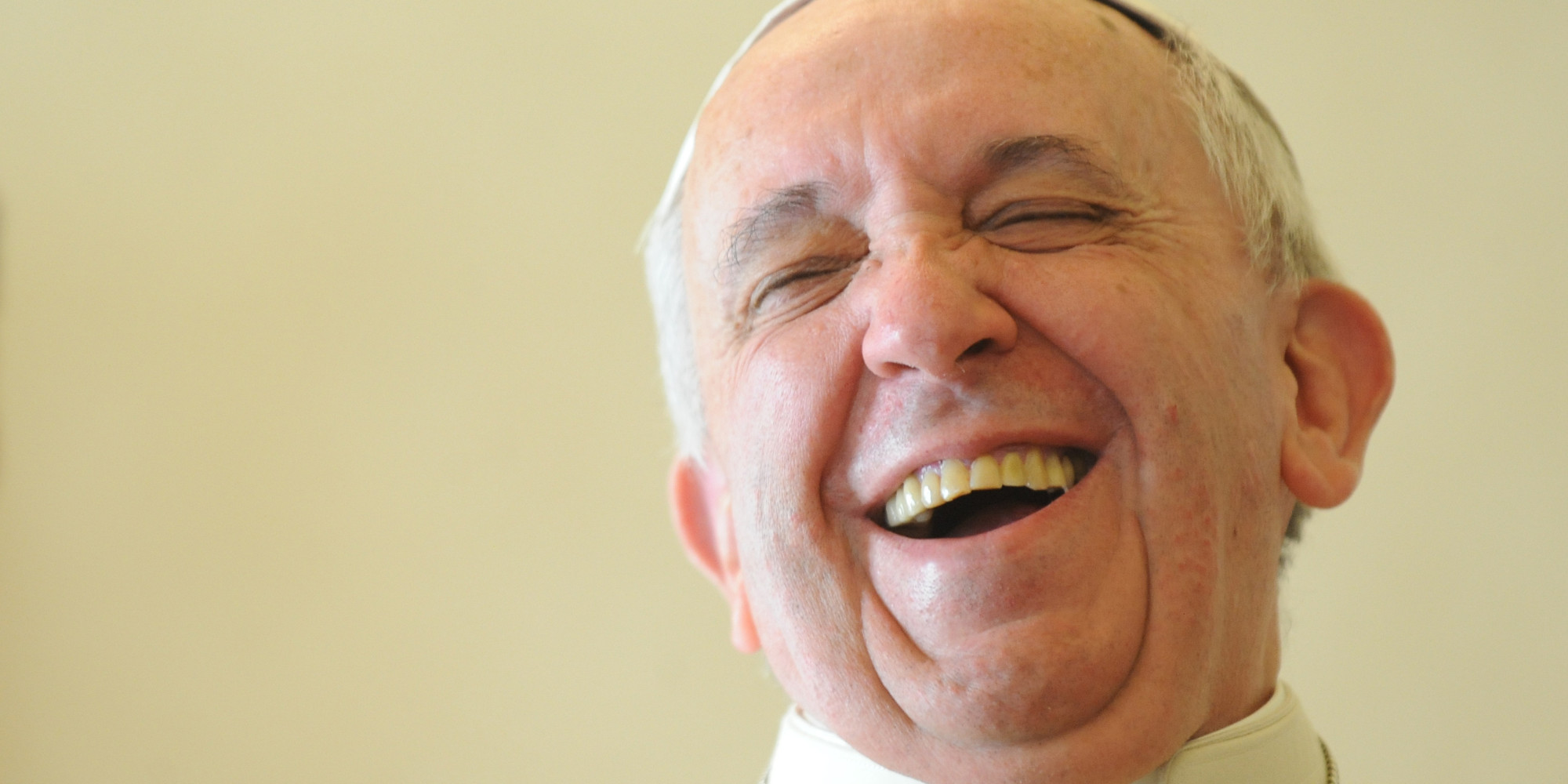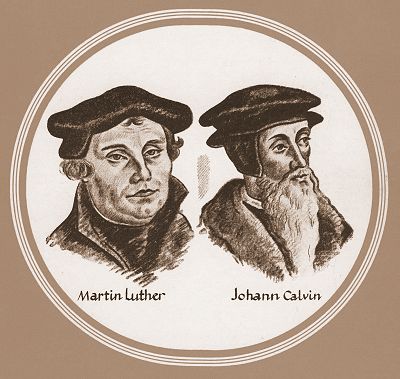 Falling In Love with His Divine Mercy
Falling In Love with His Divine Mercy
by Suzette T. Yu-Kho (ICA batch 1991)
Like many Catholics, I once took my faith for granted: I did not attend Mass regularly, stopped going to Confession and avoided religious people. I strayed away from the Faith and began dabbling in other forms of worship. I even took part in an East Indian “healing” seminar (it only lasted for a day). Each of them guaranteed the same results: true peace and happiness. Yet despite all their sweet words and the promise of Eden, I felt empty. As I plunged deeper into sin, I thought there was no escape. There was no way that I could go back to the Church and face God being the sinner that I was--I was incredibly ashamed of myself! How could I stand there singing hymns with other “saintly” people who never committed such atrocious deeds? I could not fathom confessing to a priest once again who in my mind would surely rebuke me; consequently, for a quite a long time, I did not receive the Holy Eucharist either.
Years later, I was still in my predicament when I heard of
Stanley Villavicencio: a Filipino lay person who touched the lives of sinners from all around the world and opened their hearts to Jesus Christ’s Divine Mercy.
His testimony was mind-boggling: after three days of being pronounced “clinically dead” in Chong Hua Hospital in Cebu, he came back to life, much to the shock of his doctors and family members who were busy arranging his funeral. He claimed to have seen Jesus upon his death amidst a garden filled with various kinds of beautiful flowers. Jesus then showed him the film of his life starting from the time he was a young boy up to the moment of his death. Whenever he committed a venial sin, the film would slow down; whenever he committed a mortal sin, the film would stop and enlarge itself.
Nothing could be denied since the film had the exact date and time of when the sins were done--even the minutes and seconds were recorded! He also said the sins he confessed to a priest felt lighter compared to the sins he did not confess. After reviewing the film of his life, Jesus then sent Stanley back to earth with a mission and that was to spread the word of His Divine Mercy.
He told Stanley that He would be communicating with him very often. In this dream-like state, Stanley could see, touch and even embrace Christ. Stanley was also asked to obey his authorities (Cardinal Vidal and Msgr. Cris Garcia, his spiritual director) who instructed him to write down the messages he would receive every time there was an encounter with Jesus.
Msgr. Cris Garcia who had been endowed with the gift of internal locution was made aware of each encounter simultaneously by Jesus Himself; he in turn would confirm the messages with Cardinal Vidal. To date there have been 31 encounters with our Lord since 1993. Jesus’ main message is simple: the doors of His Mercy are still wide open to penitent sinners. Souls should not hesitate to come back to Him even if their “sins be as plentiful as the stars in the sky”. If people refuse to pass through the doors of His Mercy, they have to pass through the doors of His Justice after the period of time He allots. He is also asking us to pray the Chaplet of Divine Mercy unceasingly, receive the Sacraments of Penance and Holy Eucharist often and celebrate the Mass regularly. The Chaplet of Divine Mercy is a powerful tool against hell for a dying soul: if prayed for a dying soul, God will see the soul through the wounds of His Son instead of through that person’s sins. If a repentant sinner prays the Chaplet for himself even just once, God will also be merciful to him because Jesus says that He will stand between the sinner and His Father upon that person’s death. Furthermore, Jesus promises that on the Feast of the Divine Mercy (the first Sunday after Easter) “the soul that will go to Confession and receive Holy Communion shall obtain complete forgiveness of sins and punishments”. Church officials say that the graces one receives during Divine Mercy Sunday is similar to the graces obtained during baptism. Stanley’s resurrection was so miraculous that the doctor who attended to him decided to enter the seminary.
He is now a Jesuit priest doing missionary work in Africa besides being the head of the Jesuit Hospital of the Philippines. Stanley’s testimony is also supported by 22 bishops and 2 cardinals in the Philippines as well as various Church leaders throughout the world including the late Pope John Paul II
(who during his lifetime was promoting the Divine Mercy devotion and fulfilled the vision of Saint Faustina in the 1930s by declaring the first Sunday after Easter as the Divine Mercy Sunday in 2000; Pope John Paul II incidentally died on the eve of the Divine Mercy Sunday in 2005). His story has attracted a huge number of people from different countries and has converted many to Christianity. When he went to China to deliver his message, he miraculously started speaking in Mandarin even though he had no background on the language. By the end of his speech, the Chinese audience had tears in their eyes: they understood every word he said and 200 of them embraced the Catholic Faith right away!
Link to the full article (here)
 But why is it so good to discover our dominant fault? Because in the developing of our inward life, as in business or in a battle, or in a course of study, success follows from skilful ordering, or rationalising, or strategy. In order to build up our spiritual character with success we must plan, we must concentrate our attack. If we try to overcome all our faults at once we shall probably fail; we have to pick out one point and hammer away at that. And, therefore, obviously it should be a strategic point.
But why is it so good to discover our dominant fault? Because in the developing of our inward life, as in business or in a battle, or in a course of study, success follows from skilful ordering, or rationalising, or strategy. In order to build up our spiritual character with success we must plan, we must concentrate our attack. If we try to overcome all our faults at once we shall probably fail; we have to pick out one point and hammer away at that. And, therefore, obviously it should be a strategic point. 



































